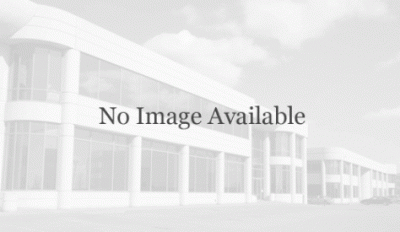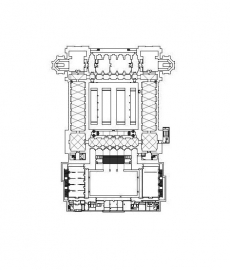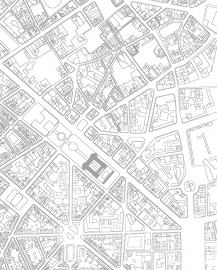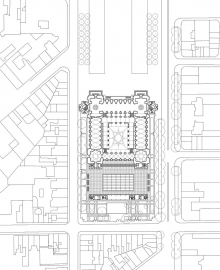Fine Arts Museum Extension and Renovation
The Museum of Fine Arts is representative of a solemn architecture, based on mass, shade and light, majestic proportions and beautiful enfilades. Reduced by half, from the outset, the building suffered many an affront over time, leading to a general congestion of its inner space. The concept behind the extension project was to render a sense of normality to the building. Demolishing the extensions reinstated the various connections, depths and perspectives; the arcades were cleared. The museum is thus, literally, projected onto the exterior with, as a backdrop, a slender structure that reveals the initial scale of the original project.
The new urban visibility of the project becomes a feature by making the facade of the extension the mark of the museum within the city. The backdrop consists in two vertical surfaces. The first, made of clear glass with mirror points and precisely centred on the geometry of the existing structures, returns an impressionistic image of the Museum of Fine Arts. The reflection here acts as the interface between old and new. The surface of the old museum is echoed in the image of this one. The mirror incorporates the extension into the design of the existing structures. Slightly further back and parallel to the surface are gold-on-red monochromes; gold and red, in reference to the museums collections. Between the two vertical surfaces are the buildings passageways. Visitors, as they move, become part of the design. The edges of the supporting structure are bevelled like a frame; the structure is curved, its surface polished so that it melts away into the light. Transparency reveals the restoration workshop for all to see. As in the traditional approach, a representation of the work is included in the work itself. Here, the facade indicates the museums function by embodying the idea of a painting. With, as a reference to the past, the still reflection of the main building into which the present is introduced via the movement of clouds reflected in the mirrors, characters moving within the frame or people inadvertently stepping into the field of the painting and going from being observers to being observed.

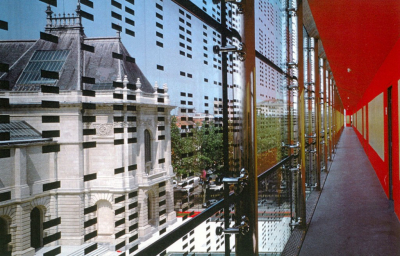
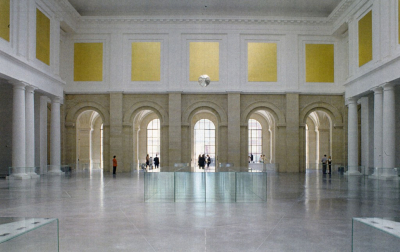
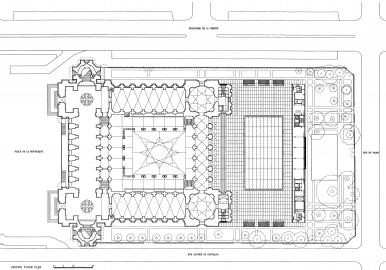
.jpg)
